Stories
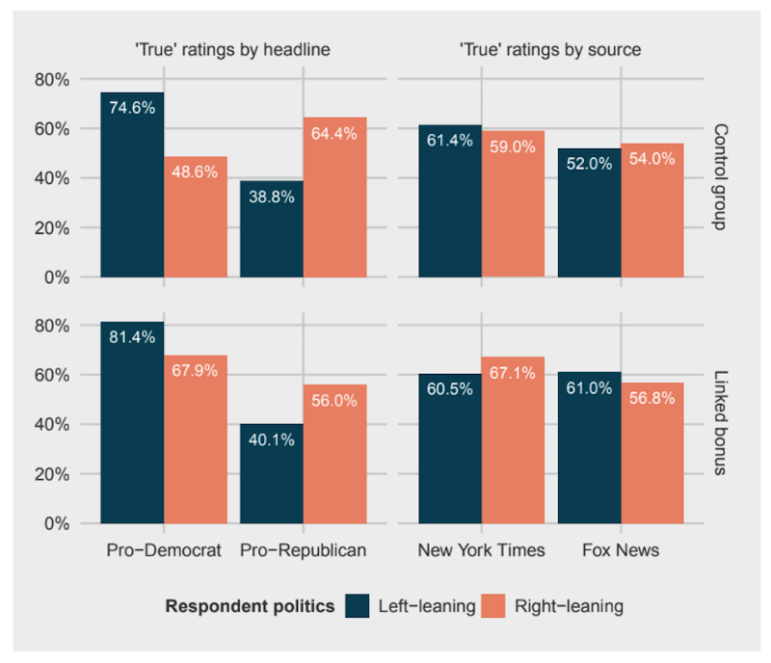
Data Journalism
Six Case Studies in Computational Journalism
How often is social media used as a source in news stories? Can a decision tree algorithm generate tens of thousands of 250-word stories? And what is belief-driven data journalism? These questions were at the heart of some of the promising projects featured at the 2019 Computation + Journalism Symposium.
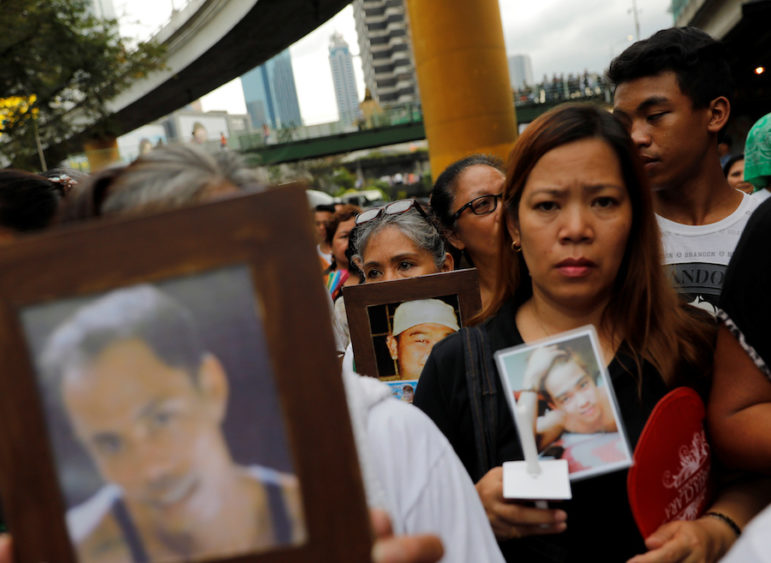
Reporting Tools & Tips
10 Tips on Investigating Extrajudicial Killings: A Case Study from the Philippines
Reporting on extrajudicial killings — murders carried out by state actors or by non-state vigilantes with the cover of state sanction — poses specific challenges to investigative journalists. Here are tips from two extraordinary reporters working in the Philippines: Rappler’s Patricia Evangelista and Reuters’ Clare Baldwin.

Reporting Tools & Tips
The Perugia Principles: 12 Ways Journalists Should Protect Their Sources
In the public imagination, reporters working with whistleblowers has traditionally meant All the President’s Men-style cloak-and-dagger stealth — meetings in shadowy underground garages, potted plants turned into signals, Hal Holbrook’s whispered exhortations to “follow the money.” But today, journalists’ interactions with whistleblowers are more likely to come in Signal chats or secure drop boxes than Washington, DC garages. And that shift has changed the terms of engagement in often confusing ways.

News & Analysis
Why Foreign Funding of Philippines Media Isn’t the Problem
Once one of Asia’s freest media, the Philippines’ independent news outlets are under sustained attack by President Rodrigo Duterte and his allies, ranging from legal and political assaults to harassment by armies of online trolls. Pro-Duterte columnists are now attacking the modest funding that the country’s media nonprofits receive from overseas, claiming, without evidence, that they are part of a foreign plot to oust Duterte. In this powerful rebuttal, Sheila Coronel, a co-founder of the Philippines Center for Investigative Journalism, takes on the lies and misinformation behind the campaign.

Data Journalism
GIJN’s Data Journalism Top 10: History of Infographics, Colorism in Fashion, Weather Trends
What’s the global data journalism community tweeting about this week? Our NodeXL #ddj mapping from April 22 to 28 finds an interesting breakdown of colorism in fashion by @puddingviz, a series of gorgeous maps on natural disasters and extreme weather trends in the United States by @PostGraphics, a preview of a book on the history of infographics by @srendgen, and @UpshotNYT’s recap of its best articles from the past five years.

Case Studies
Making and Breaking: A World Tour of Innovation and News Labs
There are no chemical formulas, no “Breaking Bad” hazmat suits, no gadgets to measure humidity and atmospheric pressure. Juan Ignacio Sixto takes us on a world tour of News Labs, spaces that are meant to foster innovation within newsrooms.

Member Profiles
Fun with FOIA: How MuckRock Is Making Public Records Requests Cool
Public records sometimes say the darnedest things. One example: A declassified memo from 1977 shows that the NSA wondered if psychics could nuke cities so that they became lost in time and space (yes, like in the post-apocalyptic anime Akira). Other times, it’s what they don’t say — like when the FBI found it necessary to redact the name of Superman’s alter-ego, Clark Kent.

Case Studies
Now Taking Your Questions: Ask ProPublica Illinois Shows Readers How Journalism Works
When ProPublica Illinois realized that readers had lots of questions about what goes on behind the scenes in their newsroom, its editors invited them to submit questions. They then created a regular series in which reporters take turns answering questions ranging from how anonymous sources are vetted to why journalists compete and sometimes collaborate.

News & Analysis
Record 350 Gather for Investigative Journalism Conference in Tokyo
A record 350 journalists gathered in Tokyo over the weekend for Japan’s third investigative journalism conference, by far that nation’s largest and most sophisticated effort to network and train investigative reporters. The conference marks an important milestone for Japan’s beleaguered watchdog press, which has been under sustained assault by powerful political interests.

News & Analysis
After the Tragedy: IDL-Reporteros’ Gorriti Speaks Out Following Peru Ex-President’s Suicide
Following the suicide of Peru’s former president Alan García, the investigative group IDL-Reporteros has fielded accusations that their reporting into corruption caused his death. The team has also received serious threats. Its director Gustavo Gorriti responds in this editorial.

Data Journalism
GIJN’s Data Journalism Top 10: Data Feminism, Blockchain for Investigations, Train Speeds, EU DataViz Conference
What’s the global data journalism community tweeting about this week? Our NodeXL #ddj mapping from April 15 to 21 finds an informative interactive tool about the health of our generation by @srfdata, a piece by academic @wsaqaf explaining how journalism can utilize blockchain for investigations, data visualization teaching materials by @R_Graph_Gallery, and a book draft on data feminism by @kanarinka and @laurenfklein.

Case Studies
Of, By, and For the Smartphone: The Tinder Swindler Investigation
Norway’s VG set out to investigate the story of an Israeli conman and ended up capturing — and engaging — 2 million readers around the world in a longform story told in less than 1,000 words.

Case Studies
Unleash the Power of Citizen Journalists in Your Newsroom
Watchdog workshops can be a good way for media organizations to get a bit of help with investigations — but also, crucially, they foster engagement. Here’s how Detroit’s Detour brought readers together to investigate bulk buyers in a local tax auction.

Reporting Tools & Tips
Climate Change: Investigating the Story of the Century
Climate change is such a big and important topic that there are many opportunities for journalists to investigate it, writes James Fahn, and so far they may just be scratching the surface.
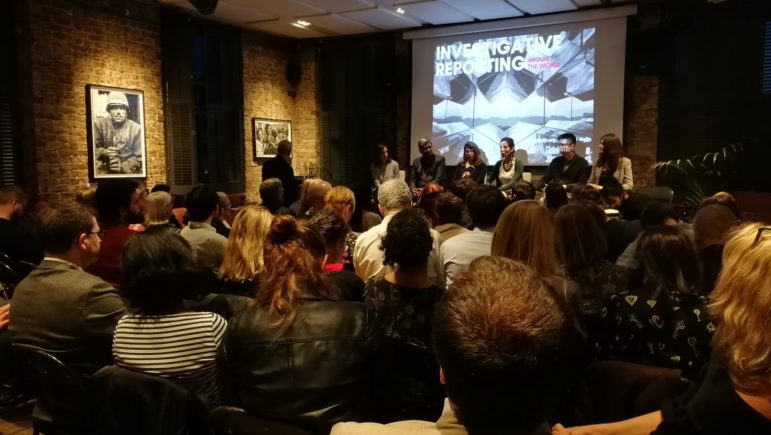
GIJN’s Regional Editors Featured at London’s Frontline Club
Most investigative journalists and others interested in our work don’t know much about what goes on behind the scenes at GIJN. But on April 10 at the Frontline Club in London, over 100 people heard about the challenges faced by GIJN’s regional editors and the journalists they work with around the world.

Data Journalism
GIJN’s Data Journalism Top 10: AI-Powered Investigations, Why Companies Donate, Data From PDFs, UK Pay Gap
What’s the global data journalism community tweeting about this week? Our NodeXL #ddj mapping from April 8 to 14 finds a zine focused on machine learning-powered investigative journalism produced by @bxrobertz, a video explainer from @FT on whether big corporations are really generous or just avoiding taxes, @knowtheory and @amandabee reviewing seven optical character recognition tools and @workbenchdata offering a tutorial on visualizing @Twitter data.
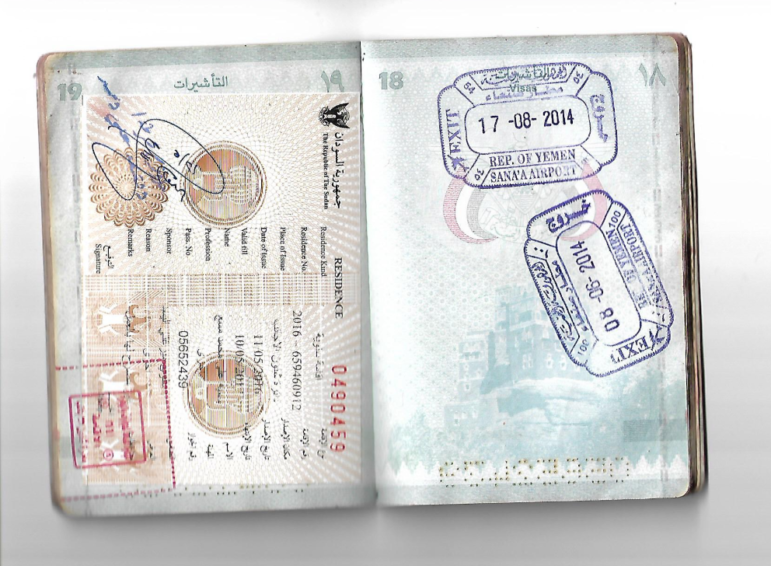
Case Studies
How They Did It: Reporting Online — and Offline — Threats to Yemeni Journalists and Activists
Yemeni journalist Fuad Rajeh, who is based in Jordan, decided to expose threats to freedom of expression in his country by looking into the cases of two activists and two journalists who faced online threats — and, in one case, ended up being killed — for speaking their minds on social media. Here’s how he did it.

News & Analysis
Sweden’s Gravande Journalister Marks 30th Anniversary
Gräv, Sweden’s annual investigative journalism conference, took place in the seaside town of Kalmar on April 5 and 6. An estimated 600 journalists from nearly a dozen countries were in attendance to mark the 30th anniversary of Gravande Journalister, one of the world’s oldest associations for investigative reporters
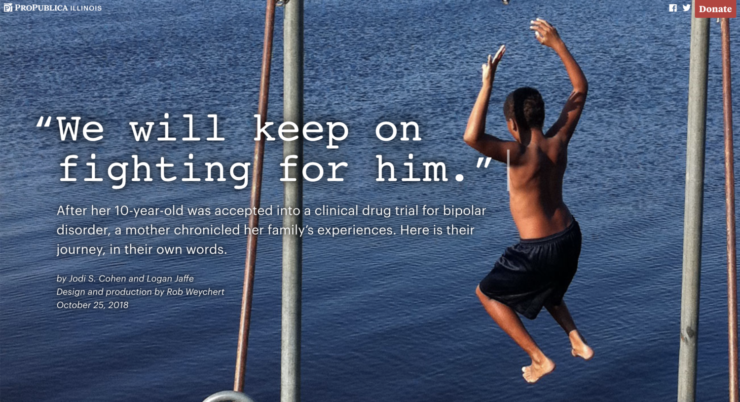
Case Studies
How Reporters Used a Mother’s Diary to Produce a Devastating Investigative Narrative
Private records can be just as illuminating as public records. A team of ProPublica Illinois journalists used an unusual private record — a mother’s diary — as the primary material in an investigative narrative that exposed the human impact of a clinical drug trial of children with bipolar disorder.

Reporting Tools & Tips
Partnerships and Collaborations Can Help Expand Your Reporting and Reach
Nonprofit newsrooms are increasingly turning to syndication partnerships that expand their reach and collaborations that expand reporting capacity. The Shorenstein Center surveyed eight of these news organizations to find out how these types of partnerships work in practice and how they are evolving.

Reporting Tools & Tips
You’ve Been Doing OSINT and You Didn’t Even Know It
Many people have been using some of the most common OSINT tools and techniques unwittingly. There’s one tool in particular that anyone with an internet connection has used: Google, or other search engines. Here are examples of how good ol’ Google search queries can be more effective than any fancy reverse image search tool.

Data Journalism
GIJN’s Data Journalism Top 10: Copycat Laws, Melting Ice, Rwanda’s Genocide Trials, Data Do’s and Don’ts
What’s the global data journalism community tweeting about this week? Our NodeXL #ddj mapping from April 1 to 7 finds @JuliaAngwin sharing do’s and don’ts of data journalism projects at @journalismfest, @elconfidencial highlighting the negative effects on Spain’s economy if women stopped working for a day, @azcentral and @USATODAY revealing just how many bills in the United States are copied from model legislations, and @justiceinfonet visualizing data on trials for the Rwandan genocide.

News & Analysis
How Perugia (Almost) Broke My Heart
GIJN’s managing editor Tanya Pampalone went to the International Journalism Festival Perugia last week. As she navigated the patchwork red bricked roads and listened to some of the biggest names in journalism, she considered the heart-breaking state of our broken industry which is limping along in a dystopian world of authoritarian governments and unchecked tech behemoths and wondered where we’re headed.

Case Studies
How They Did It: A Private Yacht, a Luxury Jet and Hungary’s Governing Elite
In the hot summer of 2018, Hungary’s Atlatszo tracked two luxury vehicles – a private plane and a yacht – that the Hungarian government elite, including Prime Minister Viktor Orbán and his closest allies, used to travel to business meetings, football games and vacations abroad. Here’s how they did it.

Reporting Tools & Tips
How to Dox Yourself
If you’re like most people, there are bits of information about you scattered around the internet. These breadcrumbs can be used to “dox” journalists, which is when malicious actors track down and share private information. Here’s how to dox yourself and safeguard your information before someone else can dox you.

Member Profiles
The Teenage Investigative Reporters Taking on Corruption in Kyrgyzstan
Journalism has taken Bektour Iskender through revolutions, death threats and even a crowdfunded space venture. Along the way, he’s trained dozens of teenage investigative journalists in Kyrgyzstan.
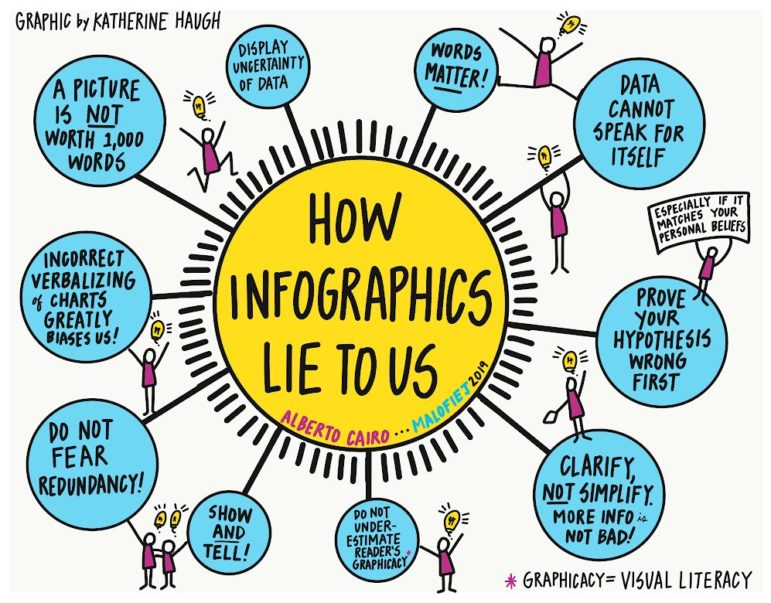
Data Journalism
GIJN’s Data Journalism Top 10: Visualizing Air Raids, Dictator Decrees, Dataviz Crimes, Random Samples
What’s the global data journalism community tweeting about this week? Our NodeXL #ddj mapping from March 25 to 31 finds @ajlabs visualizing air raids through sound, @infobae exposing secret dictatorship decrees in Argentina, @albertocairo presenting on how charts can be misleading and how to fix them, and @TheEconomist laying bare the “crimes” against data visualization they have committed.
